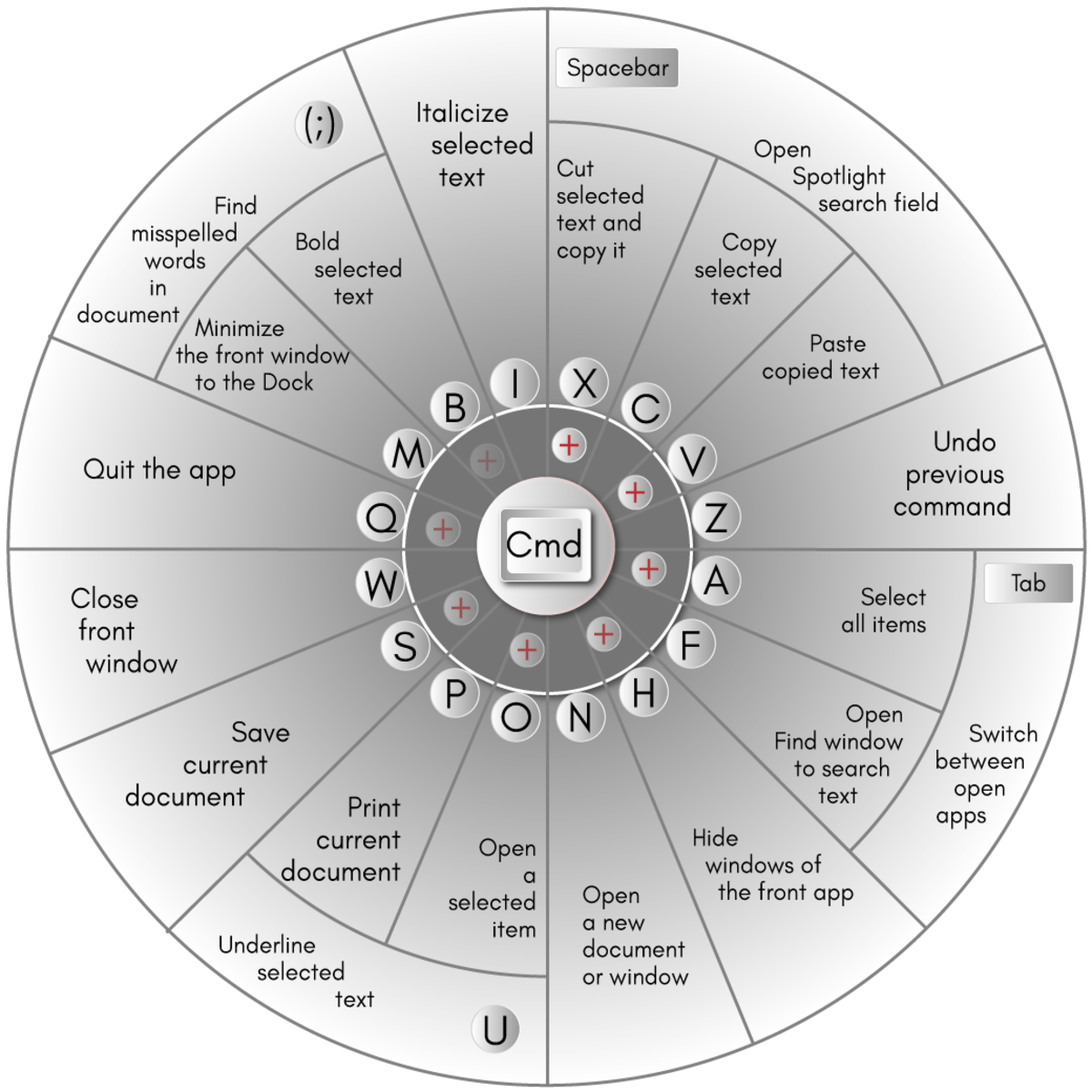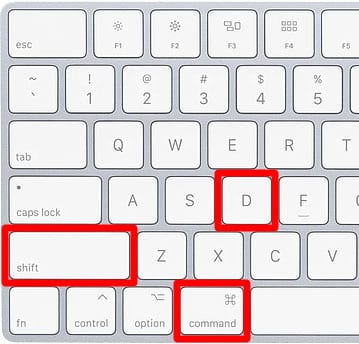

Selecting the Start with Windows (On/Off toggle) menu item toggles that setting, i.e., if it is Off (the default), it turns On if it is On, it turns Off.
APPLE HOT KEYS MOVING WINDOWS ZIP
The image files (PNG) for all nine numbers and all 26 letters are included in the attached ZIP file. The top image in this article shows the nine identifying numbers in that nine-monitor configuration. They are also the identifiers reported in the Show Monitor and Virtual Screen Information dialog. Those identifiers are the ones established by the script and used by the hotkeys, such as Alt+Ctrl+3 and Alt+Ctrl+e. The letters are on a red background and look like this (all are displayed in upper case): The numbers are on a blue background and look like this: The monitor identifier is 1 through 9 or a through z. Selecting the Identify Monitors menu item displays the monitor identifier (number or letter) on each monitor for however many seconds you prefer (set at three seconds in the attached script - change it to whatever you want).The virtual screen is the bounding rectangle of all the monitors. The VirtualW and VirtualH values are the width and height of the virtual screen, respectively. The VirtualX and VirtualY values are the coordinates for the left edge and top edge of the virtual screen, respectively. The L, R, T, and B values next to each monitor name are the bounding monitor coordinates for that monitor - Left, Right, Top, and Bottom. Those names overall, and the ending numbers specifically (such as 8, 9, and 10 in the example above) are assigned by Windows. The monitor names (such as \\.\DISPLAY8 in the example above) are the names reported by Windows. The monitor numbers/letters, known as the monitor identifiers ( 1, 2, and 3 in the example above, followed by a colon) are established by the script, as noted earlier (they may or may not be the same identifiers as in Settings>Display). Selecting the Show Monitor and Virtual Screen Information menu item displays a dialog that looks like this:.Displays this context menu when right-clicking on the system tray icon:.The tooltip shows the file name of the script (without its path and file extension) and brief usage instructions. Displays a tooltip when hovering on the system tray icon.The icon is a combination of multiple monitors and a mouse. Displays an icon in the system tray, which is included in the attached ZIP file.If OffsetY is set to -1, it moves the mouse to the vertical center of the monitor. If OffsetX is set to -1, it moves the mouse to the horizontal center of the monitor. Number of pixels ( OffsetY) from the top edge of the monitor. That is, the mouse pointer will be moved to the specified number of pixels ( OffsetX) from the left edge of the monitor and the specified Allows horizontal ( X) and vertical ( Y) offsets to be specified.However, using Shift to get the upper case letter does not work as a hotkey, since Shift is recognized as a modifier key. If CapsLock is on, the upper case letter ( A-Z) works as a hotkey.


The monitor letters of a-z are established by the script and, by their very nature, are different from what Settings>Display shows, since the latter are 10, 11, 12, etc. You can figure out how the script is referring to the monitors via the Identify Monitors feature (discussed below). The script may report them as 2, 1, 3 from left to right (and showing only three monitors because one is disconnected). The script allows other modifiers to be used for the hotkeys rather than hard-coding Alt+Ctrl ( !^), as follows: The Alt+Ctrl keys are known as modifier keys or, more simply, modifiers.Also, defines Alt+Ctrl+0 (zero) as a hotkey to move the mouse to the Primary monitor, regardless of its monitor number/letter. The next 26 hotkeys utilize the letters of the English alphabet, i.e., Alt+Ctrl+a through Alt+Ctrl+z. The first nine hotkeys are the ones shown above, i.e., Alt+Ctrl+1 through Alt+Ctrl+9. Defines up to 35 hotkeys for 35 monitors.Version 6 Features (Release Notes specific to V6 are at end of article) In those cases, the screenshots are identical to the current version, except for the Version and/or Build information. Some screenshots in this article may be from earlier versions. The article began with Version 2 and is now on Version 6.

After that, however, I decided to write this EE article with an enhanced script. I wrote a no-frills script (Version 1) and posted it at the EE thread.


 0 kommentar(er)
0 kommentar(er)
